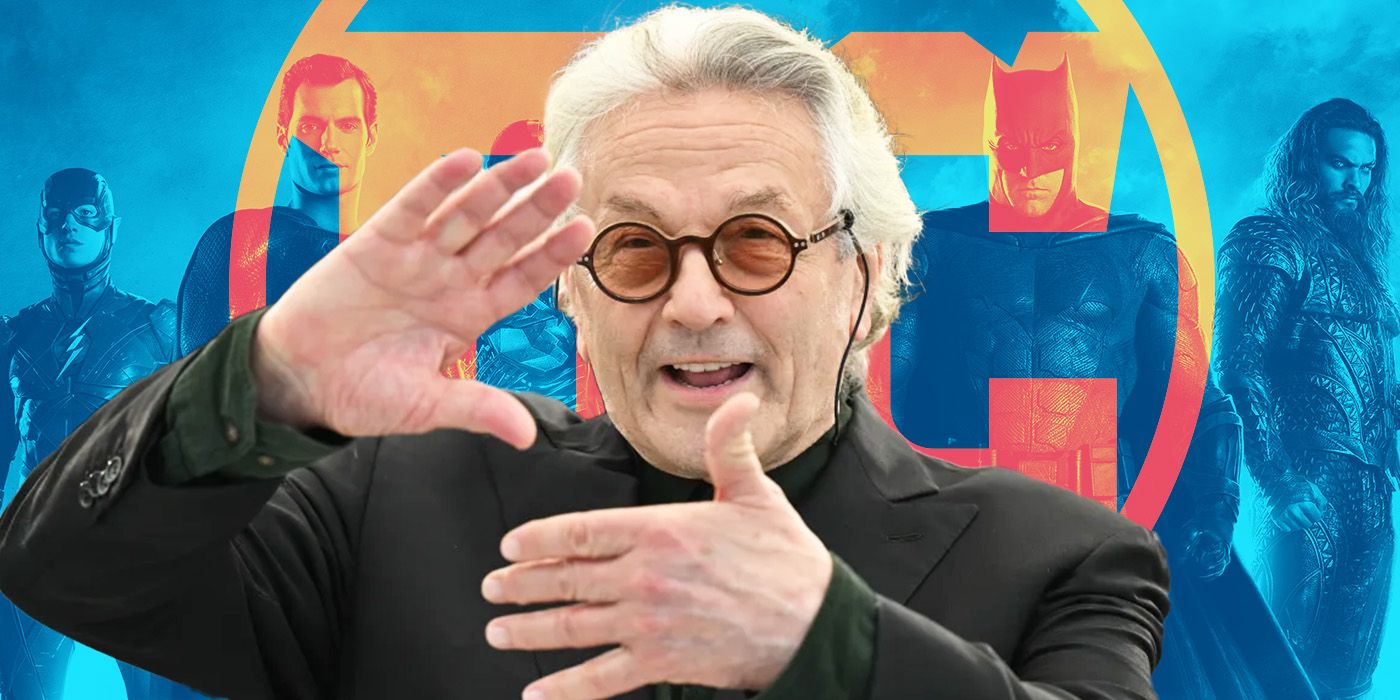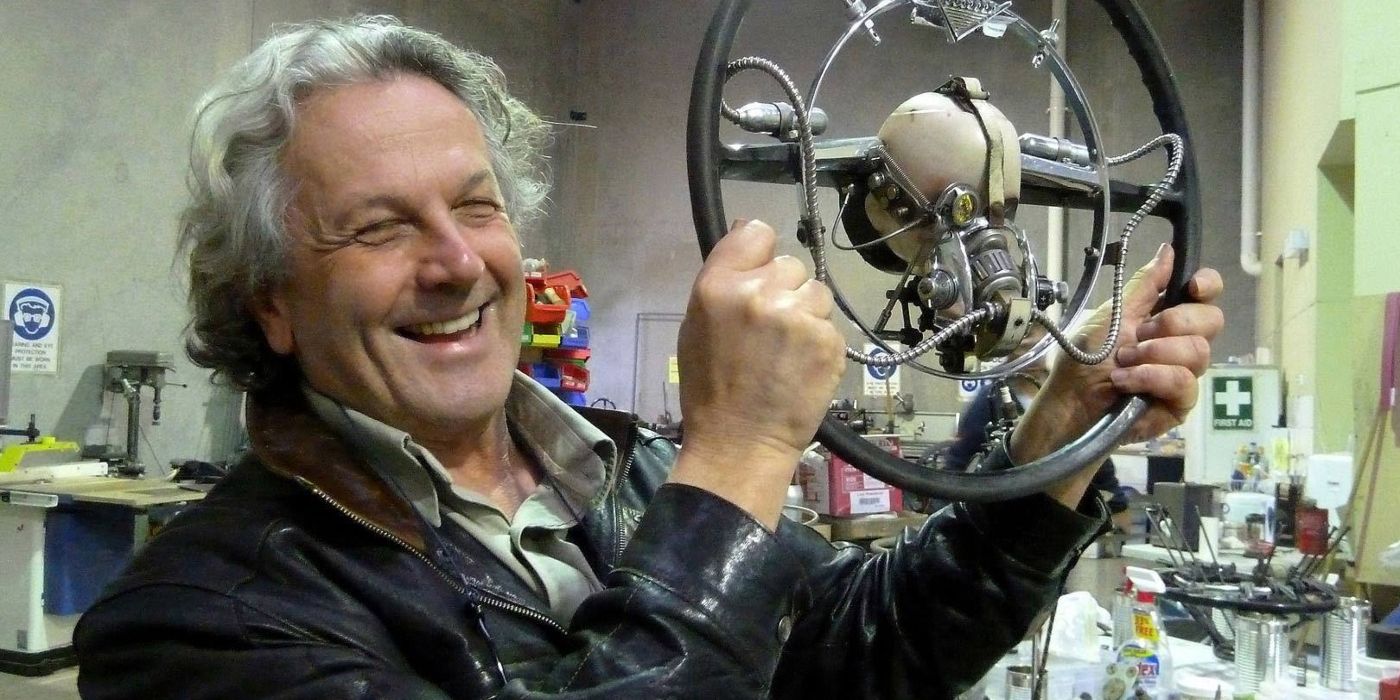The Big Picture
-
Justice League: Mortal
, directed by George Miller, had an intriguing script and unique cast, missing its chance to influence the DCEU. - Despite the promising start, a series of unfortunate events, including budget and contract issues, led to the untimely demise of
Justice League: Mortal
. - George Miller’s visionary take on the DC heroes was lost, leaving fans to only imagine the epic potential that could have been if the film had been realized.
The news that Zack Snyder was pegged to direct Justice League in April 2014 was music to fans of DC Comics. He had courted controversy with his take on Superman (Henry Cavill) in Man of Steel, but it did a lot of things right, and was arguably the most exciting movie to feature the character since Christopher Reeve‘s iconic time in the role. Besides, with all the Batman and Superman films over the years, no one had brought all of DC’s legendary superheroes together, and to know it was happening was, in no slight terms, awesome. Then Snyder dropped out for personal reasons, leaving Joss Whedon to take over the project. There was going to be a Justice League movie, that’s all that mattered.
Until it was released, that is. The response was underwhelming, either because it was being compared directly to the Avengers or simply couldn’t live up to the expectations placed on it (full confession: I liked it). Then, after being relentlessly hounded, Warner Bros. caved and allowed Snyder to finish Zack Snyder’s Justice League, an announcement that caused great excitement among the fanbase. Snyder’s cut was definitely different, and much better than the original release (depending on who you asked), but still couldn’t hit MCU-level reverance. With James Gunn pouring cold water on Justice League rumors for his DC universe \any time soon, it feels like a missed opportunity at something better. What’s worse, however, is knowing that, at one point in time, Furiosa: A Mad Max Saga director George Miller was actively working on his own DC project, Justice League: Mortal, which was deep in pre-production when the plug was pulled. What was the kryptonite that killed Justice League: Mortal?
George Miller Really Liked ‘Justice League: Mortal’s Script
In the days before Iron Man ushered in the game-changing MCU, DC Comics and Warner Bros. were king of the hill. Christopher Nolan‘s Batman Begins redeemed the character after the much-derided Batman & Robin had effectively killed the franchise seven years prior, and reinvented what a superhero origin film can be. The Superman franchise, which had been dormant for even longer, was set to be relaunched with Superman Returns, starring newcomer (and Christopher Reeve doppelgänger) Brandon Routh. The seed for Justice League: Mortal was planted during this time, with a script for the film (famously leaked in 2013) submitted by writing partners Michele and Kieran Mulroney, and the announcement of the film in February 2007.
The script features a distrusting, hard-line Batman who builds a surveillance machine, which he calls the “Brother Eye.” He uses it to spy on his fellow Justice Leaguers and other super-powered individuals worldwide. Unfortunately, Brother Eye gets hijacked by the antagonist of the film, Maxwell Lord, who uses it to create killer robots to take on the Justice League. The Flash, who is the central character of the movie, sacrifices himself at the end of the film to save the day. In 2017, actor Jay Baruchel, who was set to play Maxwell Lord, filled in some other details, one in which Lord brainwashes Clark Kent, effectively gaining Superman as a weapon. He turns Superman into “Red-Eye Superman,” and there’s a “big-ass fight between him and Wonder Woman where he breaks her f**king wrists and s**t,” and another where Lord dies halfway through, and his consciousness is loaded into a mainframe.
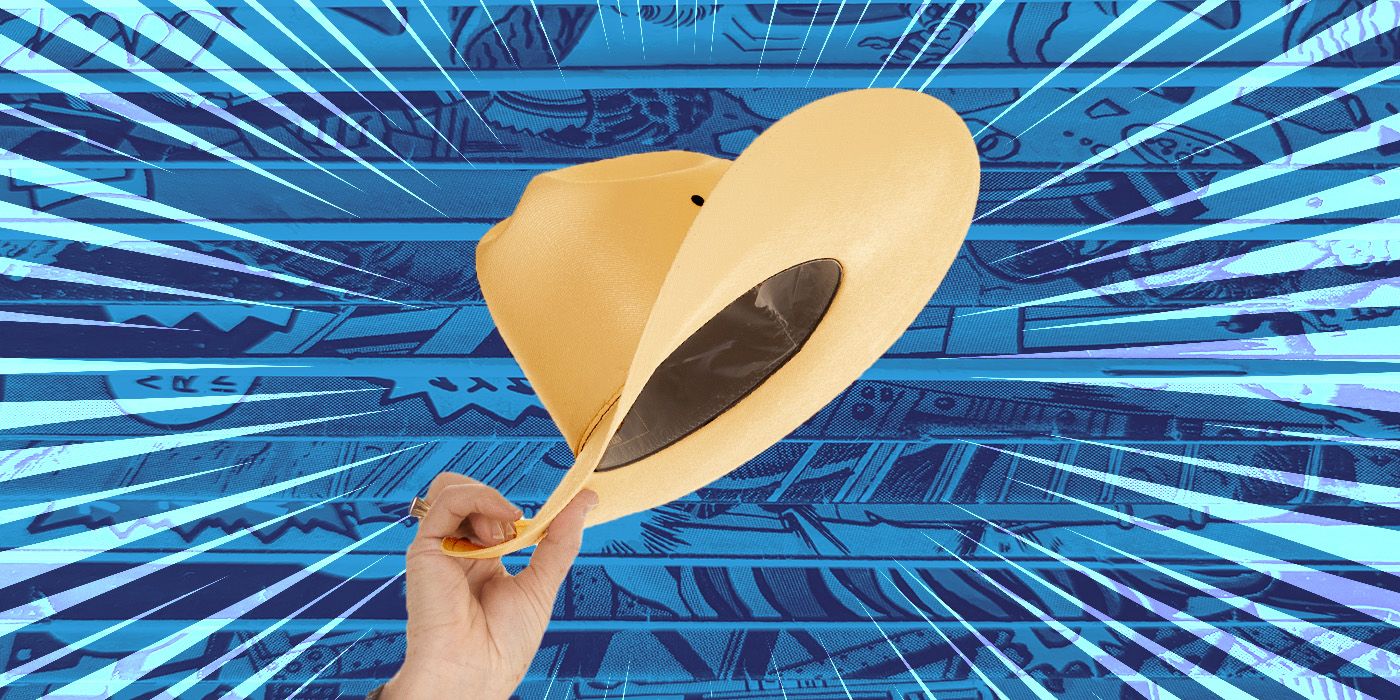
James Gunn, Give This Western DC Comics Hero His Own Movie — Now
DC Studios should get this cowboy on the big screen.
The story borrows elements from esteemed DC storylines Justice League: Tower of Babel, where Batman’s plans to take down the League in case any of them go rogue fall into Ra’s Al Ghul’s hands, and Crisis on Infinite Earths, which was adapted by the CW for a crossover event of their Arrowverse shows, and recently as a three-part adaptation in DC’s animated Tomorrowverse, with Part 3 wrapping the story up with its release on July 16 to digital (Lord becoming an evil computer has shades of Superman III as well). The script caught the attention of George Miller, who signed on to direct the film in September 2007. Once on board, the director started work immediately.
George Miller Assembles His Cast for ‘Justice League: Mortal’
Miller’s first order of business was to gather his cast, one that met his vision of a younger (read “cheaper”) group of heroes that would grow into their roles as the franchise wore on. According to the previously cited Telegraph, names associated with casting included Adam Brody, Jessica Biel, Mary Elizabeth Winstead (who would later play the Huntress in Birds of Prey), and many of the young actors from Friday Night Lights. Eventually, Miller narrowed it down to D.J. Cotrona as Superman, Armie Hammer as Batman, Megan Gale as Wonder Woman, Hugh Keays-Byrne as Martian Manhunter, Santiago Cabrera as Aquaman, and Adam Brody and Common, who would play The Flash and Green Lantern, respectively.
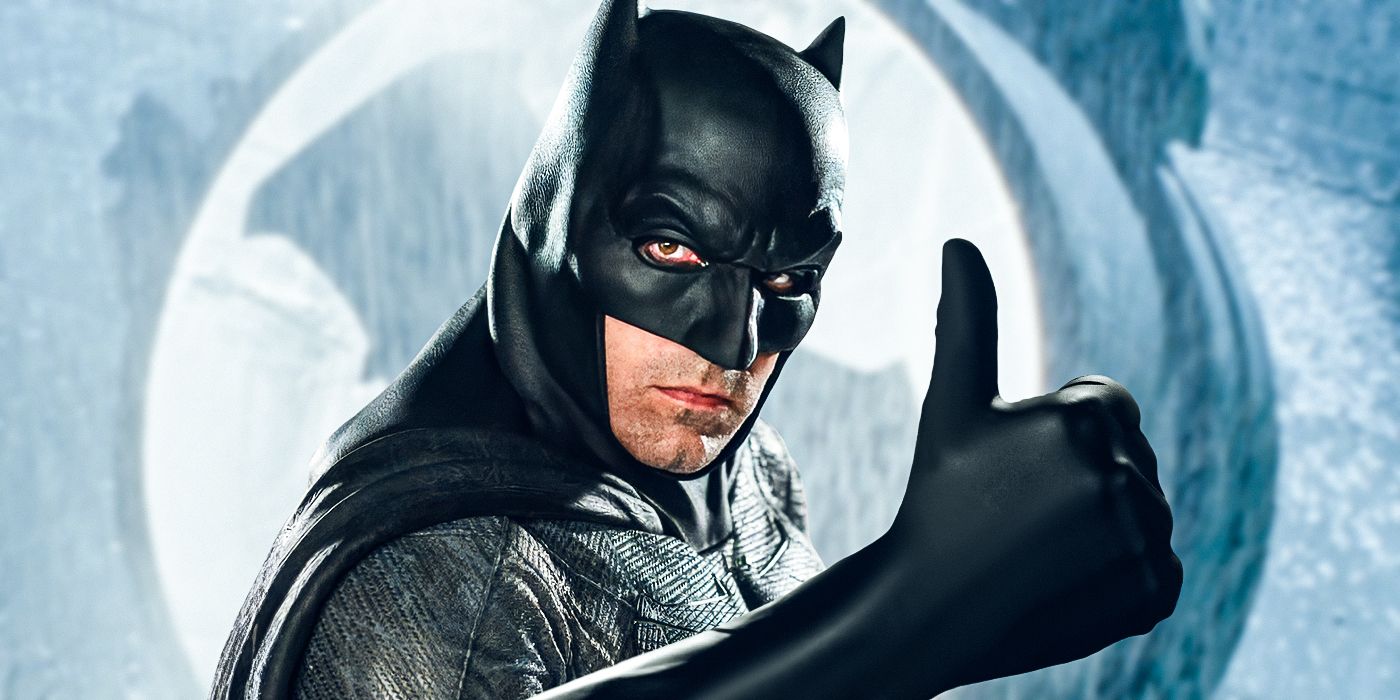
Say What You Will About the DCEU, Zack Snyder Got This Right About Batman
Zack Snyder and Ben Affleck knew how to bring the Dark Knight from page to screen.
Miller had already done a good portion of work ahead of time, with special-effects and fight sequences planned out in detail. Weta Workshop had also made costumes, which the actors got to try on. Hammer, as recounted in Telegraph, describes his Batman costume, which would have been the first that allowed the actor to turn his head: “His utility belt was made from the finest Italian leather and highly polished, and the things that would come out of his forearm, they were titanium but wrapped in very fine leather.” Images of Megan Gale in her Wonder Woman costume were released from these sessions in 2015, a look that is best described as a cross between Gal Gadot and Lynda Carter costumes from their time as the heroine.
Then came the first roadblock, courtesy of Warner Bros. Per Telegraph, there was already concern about how Justice League would confuse people, since Nolan’s Dark Knight trilogy had Christian Bale as Batman, and now Miller had Hammer (neither Bale or Routh were contacted about appearing in the film). It didn’t help when Bale told reporters, “It’d be better if [Justice League] doesn’t tread on the toes of what our Batman series is doing.” Then, to make matters worse, filming was stalled by the Writer’s Guild of America strike, which impacted films already in production, and delayed those projects that hadn’t started, like Miller’s, for months on end.
The Australian Film Commission Has Other Plans for George Miller’s Justice League
The delay caused by the strike resulted in the actors’ contracts lapsing, although they all remained committed to the film. When the strike ended in 2008, Justice League: Mortal was finally ready to fly, with filming expected to begin in Miller’s native Australia. That is, until an expected 40% tax rebate for filming in the country was pulled by the board of the Film Finance Corporation, citing that the project hadn’t hired enough local performers to warrant receiving it. The move infuriated Miller, who made no effort to conceal his feelings on the matter, saying, “A once-in-a-lifetime opportunity for the Australian film industry is being frittered away because of very lazy thinking. If that’s going to be the final decision, they’re throwing away hundreds of millions of dollars of investment that the rest of the world is competing for and, much more significantly, highly skilled creative jobs.”
1:29
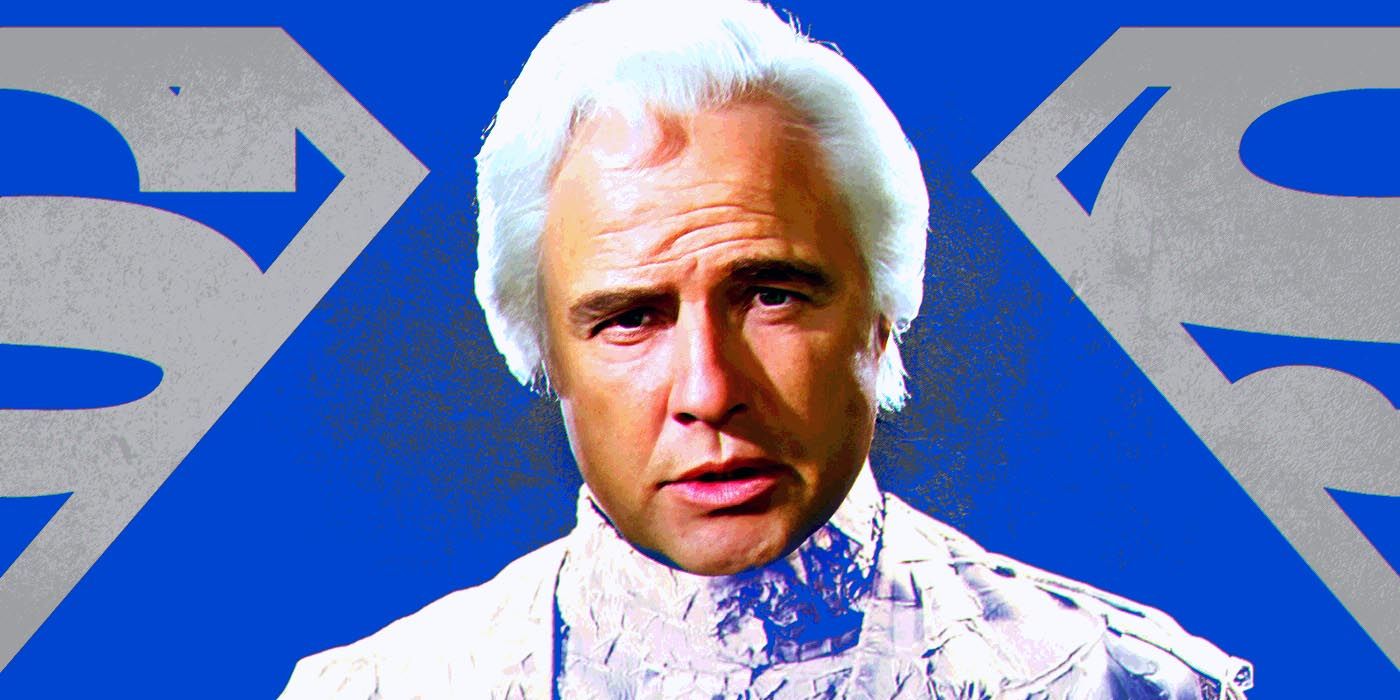
Marlon Brando Made Filming Christopher Reeve’s ‘Superman’ a Nightmare
‘The Godfather’ star was Christopher Reeve’s Kryptonite.
Production was then moved to Canada, with the aim for the film to start shooting in July 2008, to be released in the summer of 2009. But without the rebate, which was banked on for a good portion of the film’s budget, Warner Bros. stalled production, according to the previously cited Farout. Complicated by the actors’ lapsed contracts and Warner Bros. reevaluating their DC plans after the massive success of The Dark Knight, Justice League: Mortal was dead. Miller himself announced on Australian television that he was no longer involved “in any capacity,” and suggested his plans for using fresh talent played a part, claiming that Warner Bros. “seems to want bigger stars in their superhero movies now.”
What could have been? Cotrona perhaps sums up what was lost best when asked about the film afterward: “The best way I can describe it is: George Miller’s mind is so operatic and big and expansive, it’s a shame that the world didn’t get to see what he would do with superheroes. It was allegorical, like a story of Greek gods almost. He was doing things with the Superman character and Batman character, and all the iconic favorites, that’s never been done before. Watch [Mad Max:] Fury Road and you can only imagine what he would do with those iconic characters.” For their part, Warner Bros. moved on, following Nolan’s trilogy, by rebooting their DC slate of films with 2011’s Green Lantern, clearly dodging a bullet by not moving forward with Miller’s film (in the words of the great prophet Homer Simpson, “In case you can’t tell, I’m being sarcastic.”) But for pure irony, this piece of information takes the cake: A documentary by Australian filmmaker Ryan Unicomb about the fated film, first announced in 2015, is still apparently “in production.”
























































![Key Metrics for Social Media Marketing [Infographic] Key Metrics for Social Media Marketing [Infographic]](https://www.socialmediatoday.com/imgproxy/nP1lliSbrTbUmhFV6RdAz9qJZFvsstq3IG6orLUMMls/g:ce/rs:fit:770:435/bG9jYWw6Ly8vZGl2ZWltYWdlL3NvY2lhbF9tZWRpYV9yb2lfaW5vZ3JhcGhpYzIucG5n.webp)


